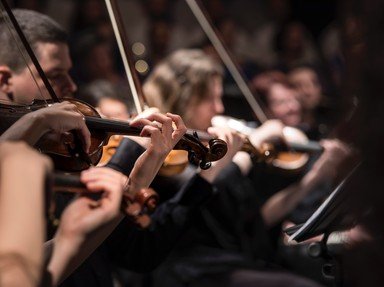
Don't Be so Modest, Mussorgsky! Quiz
A quiz on "Pictures at an Exhibition"
Modest Mussorgsky's 1874 masterpiece "Pictures at an Exhibition" is a suite of ten piano pieces tied together by a recurring "Promenade" theme. Each movement is a musical description of various paintings by his friend Viktor Hartmann, who died in 1873.
An ordering quiz
by reedy.
Estimated time: 3 mins.